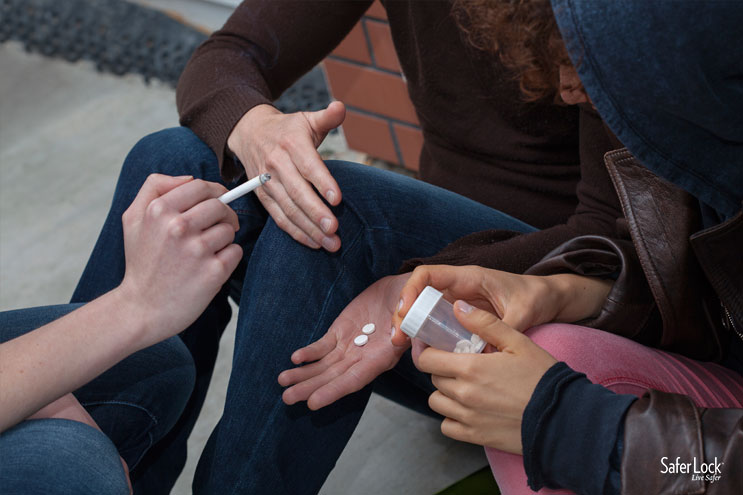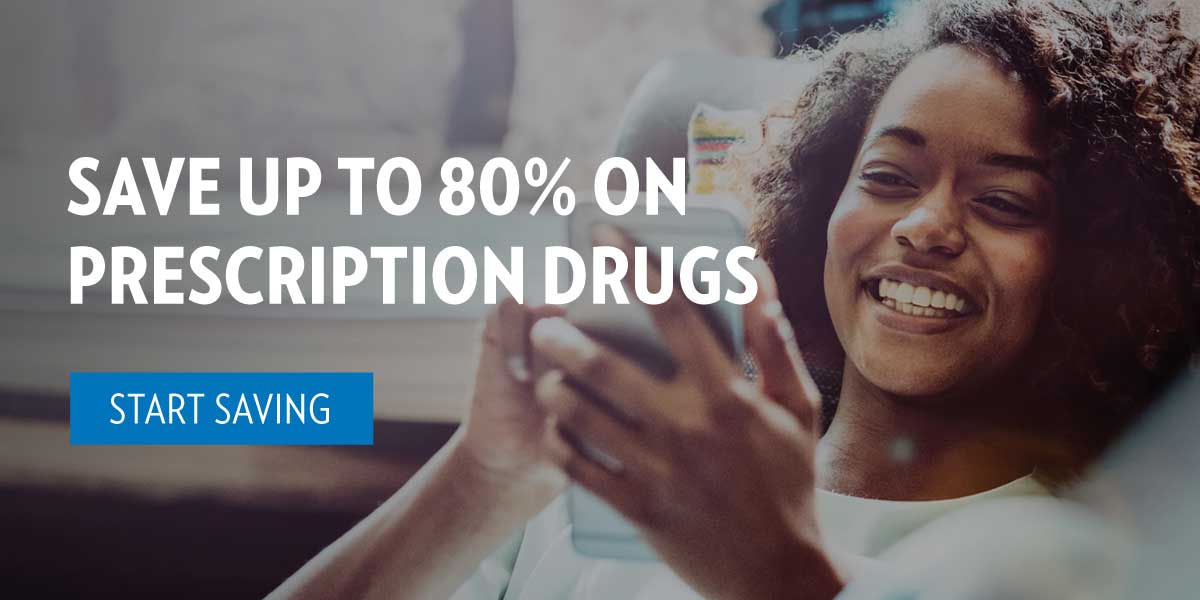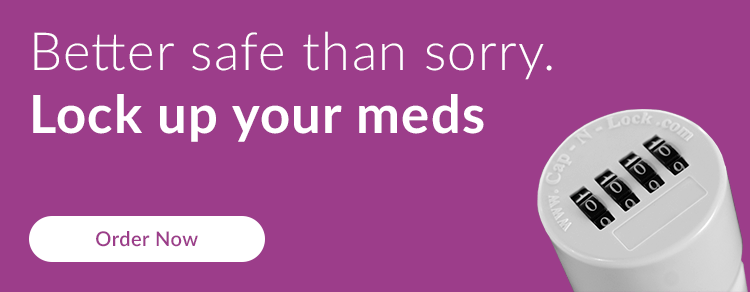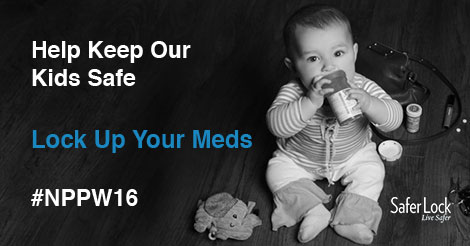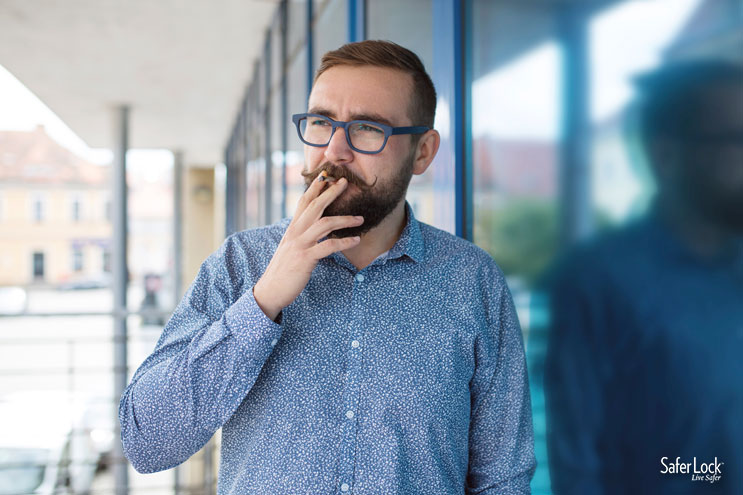Prescription drug abuse doesn’t always seem like something that could happen in our homes- things like that happen to someone else’s kid; pills vanish from someone else’s medicine cabinet. It’s tough to imagine that something like this could impact your child or their friends- they’re such good kids!
Good kids, all kids, are impacted by prescription drug abuse.
Friends at school might be using, or they may stumble across prescriptions at a party. They may try drugs for non-recreational purposes: teens have also been known to use prescription medications as a study aid or for weight loss.
The truth is, there’s a really good chance it IS happening in your home. According to a study by the National Institute on Drug Abuse, 18.3% of 12th graders have abused prescription drugs in their lifetime. With nearly one in five kids abusing medication, it’s important to think about where they’re getting them.
Over half of all people who abuse prescription drugs got them from a friend or relative- which means it’s more important than ever to keep an eye on your medicine cabinet. Restricting who has access to your medication helps you better ensure the safety of your child and their friends.
5 Surprising Ways a Medicine Lock Box Protects Your Teens.
Still not convinced about locking up your meds at home? Here are 5 ways a lock box can protect your teens.
#1: Combat the idea that prescription drugs are “safe”.
Locking your medicines up sends a clear message- they’re dangerous. You may assume your kids already know the dangers of prescription medication, but statistics show that only 14% of parents discussed Rx drugs the last time they talked with their teens about substance abuse.
Teens often experiment with prescription medication under the mistaken assumption that it’s safer than illicit drugs because it was prescribed to them or someone they know by a doctor.
Correcting this assumption can have a huge impact: 50% of teens are less likely to abuse prescription drugs when they learn the risks from their parents.
Locking up your medication makes it clear that prescription drugs are not to be taken lightly. Use your new lockbox to start a conversation with your teens about safety and medication.
#2: Prevent easy access.
One of the reasons pharmaceutical drugs are widely abused is because it’s convenient to get ahold of them. 54% of people who abuse prescription drugs got them for free from a friend or relative. Another 16% stole them from someone close to them. It’s easy for a teen to sneak a pill if all they have to do is open up the nightstand. A lockbox will help prevent your medicine cabinet from becoming an easy target and dissuade teens who want to experiment with new drugs.
#3: Prevent accidental overdoses.
Even properly-taken medication can become addictive if not treated with care opioid painkillers in particular are known for their addictive nature. A teen who is addicted to prescription drugs can build up a tolerance to the medicine they’re taking, or may be tempted to take too much of a medicine prescribed to them. When a lockbox limits access to the medication, you have better control over how much your kids take and when.
#4: Discourage experimentation.
There are many factors that could motivate your teen to try prescription drugs. They might believe they’ll help them perform better in school, they could be struggling to cope with peer pressure, or they might think getting high would be a new thrill. A medicine lockbox can help discourage teens who haven’t tried Rx drugs yet, but who may be tempted to experiment because of how accessible prescription pills are.
#5: Be proactive.
A medicine lock box is a proactive tool. When used in combination with an awareness of the risks and symptoms of addiction, a medicine lockbox can help you fight addiction by preventing it from starting. If medication isn’t accessible, small children won’t be tempted by it, and teens won’t be able to experience it in your home. That said, you can’t be certain that other kids’ parents are implementing safe drug prescription practices. A medicine lock box can help you keep your kids and their friends safe when they’re in your home- but it’s still important that you talk with them about the dangers of prescription drugs.
Your teen’s developing brain puts them at a much greater risk for addiction. Individuals in vulnerable periods (like adolescence) are particularly susceptible to developing an addiction. Educating yourself and your family about the dangers of prescription drugs, knowing the symptoms of addiction, and barring your teens from easy access to drugs with a medicine lock box allows you to help your child navigate this period in their lives safely.
